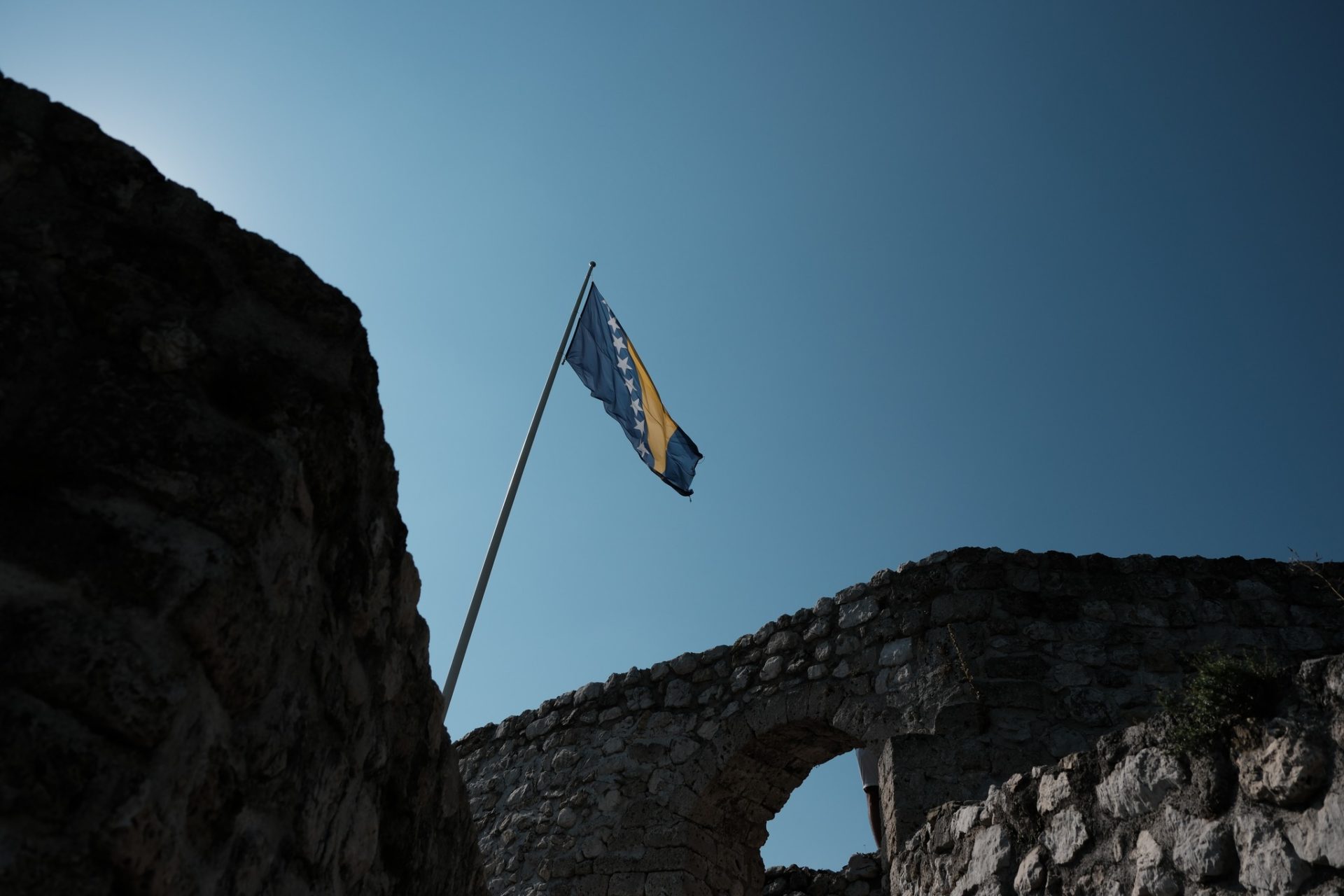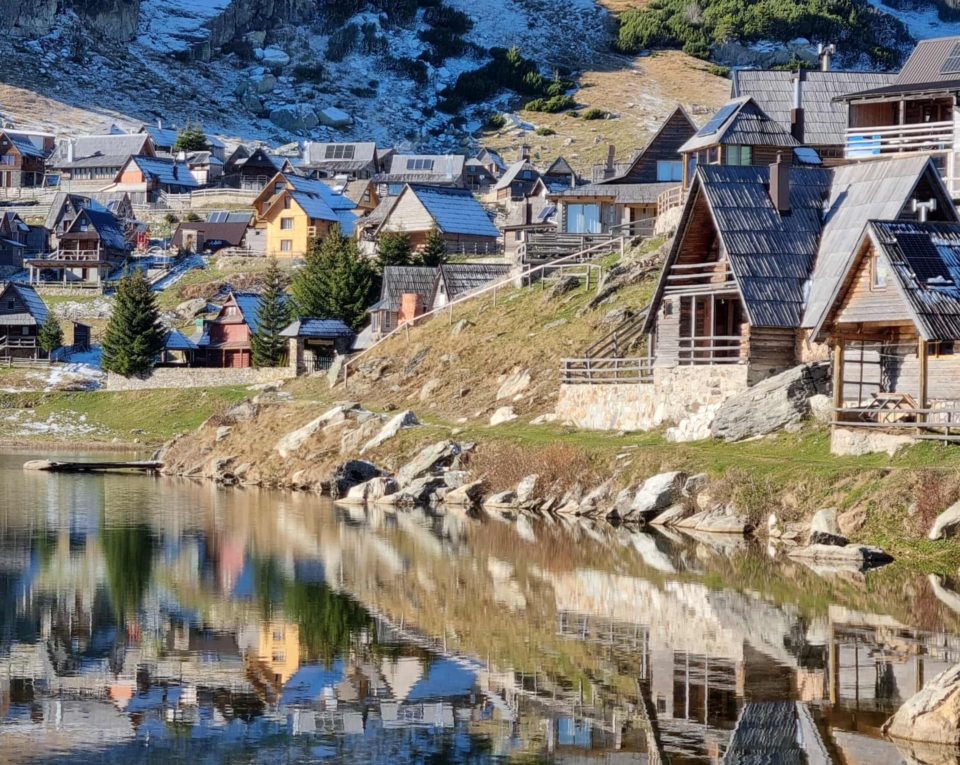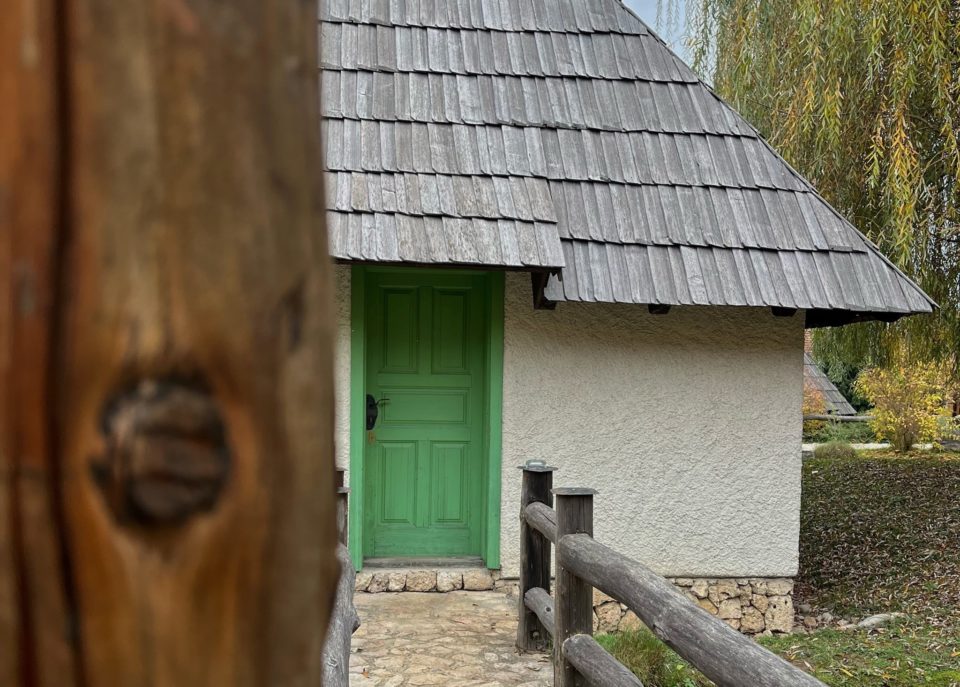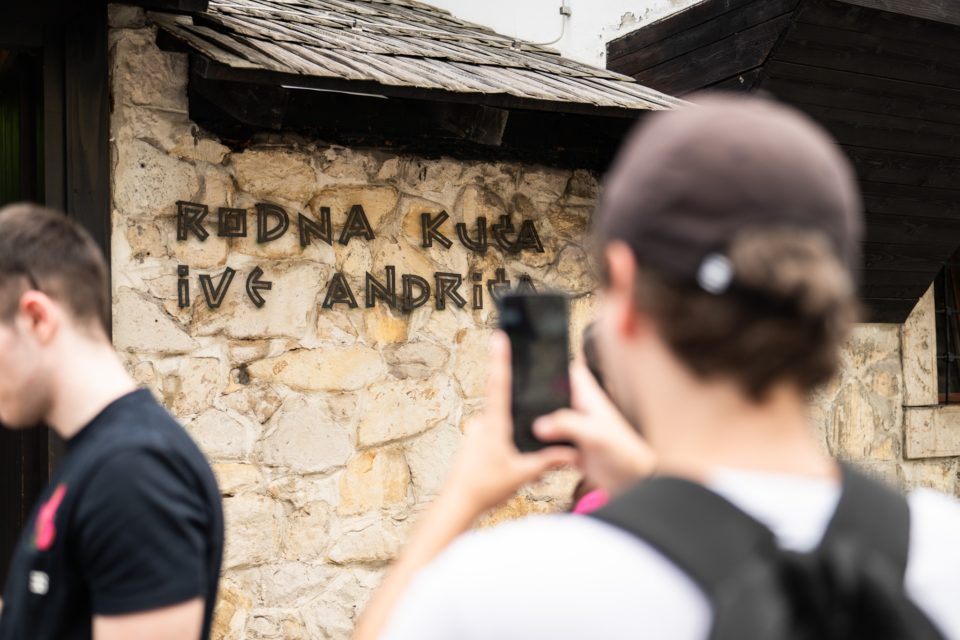
The region of Central Bosnia is the geographical heart of Bosnia and Herzegovina and, according to many, the cradle of the country’s statehood.
Given its historical heritage, rich traditions, and natural beauty, the region is increasingly attracting tourists from other countries. With the additional investment and promotional activities announced by the Central Bosnia Canton Tourist Board, greater emphasis can be placed on sustainable tourism to ensure the ‘smart’ use of tourism resources, from cultural values to the natural environment.
The places that attract the most tourist attention in Central Bosnia include Prokoško Lake, the Čardaci Ethno-Village, and Vlašić Mountain. Ema Rozić, a volunteer with the promotional group of the Central Bosnia Canton Tourist Board, says that the number of overnight stays in these places increased in 2024 from the previous year. Although the majority of visitors are from Bosnia and Herzegovina, she explains that there is growing interest among guests from Croatia and elsewhere in the European Union.
Her colleague, Dejana Zec, adds that the biggest challenges are infrastructural, including the gravel roads leading to many natural sites, insufficient signage, a lack of professional guides, and inadequate accommodation capacities in less developed areas.
The Perks of Mountain Village Life
Interest in Prokoško Lake on the Vranica Mountain is growing every year. Often called heaven on earth and, a “mountain eye,” this glacial lake sits at an altitude of 1,636 meters above sea level, surrounded by abundant domestic species of flora and fauna. It is also distinguished by the presence an endemic amphibian – the newt (Triturus Alpestris Reiseri).
Prokoško Lake is surrounded by katuns [temporary farmer’s settlements], meadows, and forests with numerous hiking trails that make it attractive to nature lovers. The lake can be reached from Fojnica by a 22-kilometer road, most of which is paved but part of which is gravel. Overnight stays are possible in katuns and local homes, where you can taste local specialties while experiencing authentic mountain village life.

Vlašić is the most visited mountain in Central Bosnia. The area is popular for Vlašić cheese, which is produced in katuns over the course of several months from unpasteurized sheep’s milk. Vlašić is known as a favorite winter ski resort and a summer destination for hikers, cyclists, and anyone seeking the tranquility of nature. The katuns and villages at the foot of the mountain offer tourists the opportunity to experience simple rural life and enjoy the landscape. In hotels and private accommodations, which are mostly full at the height of the tourist season, you can find seasonal charms, entertainment, local specialties, and relaxing spa centers.
A visit to the Čardaci Ethno-Village in Vitez is a must for tourists in the region. This tourist complex combines tradition and modernity, fun and relaxation, all in one place, depending on your mood. It contains the Ribica water park, the Kod Mlina restaurant, Crni Mačak Pub, a wellness and spa center, swimming pools, a gym, traditional houses, and a cozy hotel.

Locals in Busovača also highlight the Jelinak Nature Park as a place worth visiting. This natural gem is constructed of various types of wood, stone, and other natural materials, and features an array ethnic designs. Located near both evergreen and deciduous forests, it hosts a variety of medicinal herbs, fruits, and mushrooms. The park’s owners describe it as a quality air spa for anyone suffering from cardiovascular conditions, asthma, bronchitis, and other ailments. According to the owners, this park is “a true oasis of peace, quiet, and escape from everyday life.”
The Jelinak recreational park is equipped with sporting grounds and facilities for hosting various events.
Ancient Royal Cities and Rich History
In addition to Central Bosnia’s natural beauty, it is also distinguished by its rich historical heritage. In the royal city of Jajce, where the last Bosnian king Stjepan Tomašević reigned and died, you can visit the Museum of the Second Session of AVNOJ (Anti-Fascist Council for the National Liberation of Yugoslavia), where the foundations of Yugoslavia were laid. Additionally, there is the Jajce Fortress, which is known for its fortitude as the only fortress in Bosnia that Sultan Muhamed El Fatih failed to conquer.
Kreševo, another royal city in the region, is first mentioned in written sources in 1434. During the Middle Ages, it was a mining hub with numerous mines, smelters, and forges, one of which still stands to this day. The old quarter is particularly beautiful, with Bosnian houses over a hundred years old. This area of the city is protected as a national monument, as it the nearby Franciscan monastery, which was founded in the 15th century.
The monastery and parish of the Holy Spirit in Fojnica houses an archive of diverse and valuable materials, including documents of particular importance for Franciscan and Bosnian history.
Central Bosnia is also home to one of the oldest major Muslim settlements – Ajvatovica in Prusac near Bugojno. On the last Sunday of June each year, the Ajvatovca Days are held, named after the legendary Ajvaz who is said to have prayed for 40 days, after which water began to flow from a rock.
Travnik, the administrative seat of Central Bosnian Canton, is located in the Lašva River Valley, between the Vlašić and Vilenica Mountains. Known for its rich history, natural beauty, and cultural heritage, this city was the former capital of the Bosnian Ejalet from 1699 to 1850, meaning it was the political, military, and cultural center of the Ottoman Empire in Bosnia. It is also the birthplace of Nobel laureate Ivo Andrić, and is replete with historical monuments, museums, and cultural events that allow visitors to explore the past and enjoy the beauties of nature.

In addition to its rich historical heritage and natural beauties, Central Bosnia is also home to bazaars that preserve centuries-old traditions. To attract visitors to the region, the Central Bosnia Canton Tourist Board plans to increase promotion on social media and at events, develop tourist excursions and packages, and enhance accommodation capacities in smaller towns. Rozić emphasizes that they will prioritize sustainable tourism practices throughout these developments.






